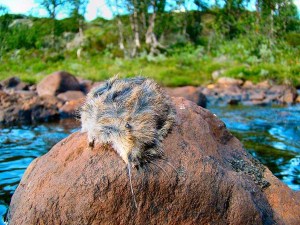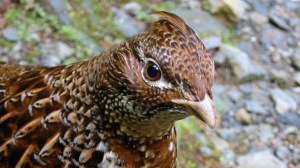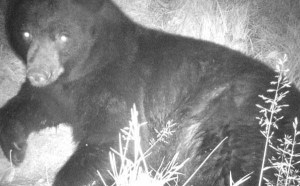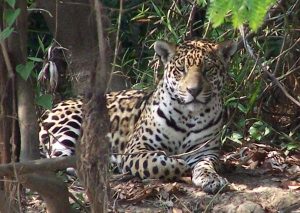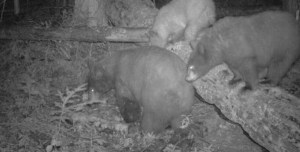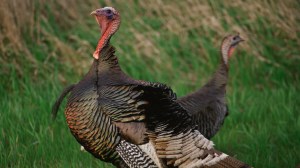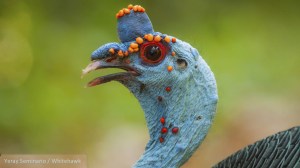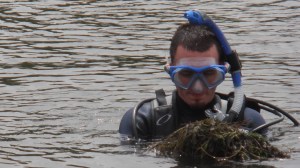Director of Science Communications
Page 53
-
The Myth of Suicidal Lemmings
It's one of the most enduring wildlife images: thousands of lemmings following each other over a cliff. One problem: it's not true. The real story of lemming migrations and "mass suicides."
Matthew L. Miller
-
The Grouse in Winter
Self-made snow igloos, "reverse" migrations and big sagebrush. The unusual ways 3 grouse species survive and thrive in deep snow and frigid temperatures.
Matthew L. Miller
-
Bear Nap by the Camera Trap
Does a bear sleep in the woods? Camera Trap Chronicles features a time-lapse video of a black bear's ten hour nap underneath a camera trap.
Matthew L. Miller
-
Traveling Naturalist: Spotting Wild Jaguars
What naturalist wouldn't want to see a wild jaguar? There's one place where observing these big cats isn't a quixotic quest, but a realistic expectation. A journey to the extensive wetlands and rivers of Brazil's Pantanal.
Matthew L. Miller
-
Camera Trap Chronicles: Wildlife of North Idaho’s Working Forests
Grizzly bears and moose and flying squirrels, oh my. Check out the critters captured via camera trap images on Conservancy projects in North Idaho.
Matthew L. Miller
-
Wild Turkey Restoration: The Greatest Conservation Success Story?
Once, conservationists thought turkeys were doomed. Now, some consider the birds to be too abundant. How did we achieve this dramatic turn of events?
Matthew L. Miller
-
Meet the Ocellated Turkey
Put aside thoughts of the Thanksgiving bird. There's another turkey: a colorful bird that haunts Mayan ruins. Meet the Meleagris ocellata, the ocellated turkey.
Matthew L. Miller
-
Scuba Divers Provide Non-Chemical Weed Control on Wisconsin Lake
Eurasian watermilfoil, meet your worst enemies: scuba divers and snorkelers. A chemical-free, cost-effective method of aquatic weed control offers promising results on a Wisconsin lake.
Matthew L. Miller
